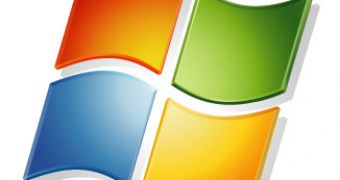After Windows 8 was showcased at CES 2011, Computex 2011 and D9 events, it was the turn of “the other” Windows 8 to also be demoed, with Microsoft selecting its Worldwide Partner Conference 2011 as the venue to introduce some new details about Windows Server 8. Since Windows Azure is at the core of the company’s public Cloud strategy, Windows Server 8 will be key to its private Cloud push.
The software giant said when it launched Windows Azure that customers would not get to build their own Windows Azure Clouds, and that they’ll have to use Windows Server instead.
Moving forward, Windows Server 8 will be the best choice for creating private Cloud computing environments, especially due to the advances in terms of virtualization.
“Windows Server 8: In his keynote STB president Satya Nadella highlighted that the next version of Windows Server, codenamed Windows Server 8, will be the next step in private cloud computing. More information will be shared at the BUILD conference in September,” revealed a member of the Microsoft Server and Tools Business team.
On stage at WPC 2011, Nadella said: “You'll also get a sneak preview of “Windows Server 8,” which is the next major release of Windows Server today in Robert Wahbe's value keynote, and of course you'll hear a lot more of this at our BUILD conference in September. So, a lot of stuff coming for the private cloud.”
According to Mary-Jo Foley, Windows Server 8 will bring to the table in excess of 100 new features over Windows Server 2008 R2, including a new iteration of the hypervisor technology that the software giant includes into its server platform.
Of course, the evolution of Hyper-V will also sport a range of enhancements, such as support for over 16 virtual processors per machine and additional platforms and technologies including from third-parties.
The next generation Windows Server 8 hypervisor will also sport asynchronous virtual machine replication capabilities, the company explained, demoing Hyper-V Replica, a feature designed to allow customers to replicate virtual machines, including critical business components.
Microsoft developed Windows 7 and Windows Server 7 which ended up being labeled Windows Server 2008 R2 in parallel and released the two operating systems concomitantly.
It appears that the software giant is sticking with the same formula for Windows 8 and Windows Server 8. The two platforms are being built in tandem, and will most probably be released simultaneously.
General availability deadlines are yet to be made public for either of the two operating systems, but customers are most likely to see the two products hit commercial availability in 2012, even in the first half of next year.

 14 DAY TRIAL //
14 DAY TRIAL //